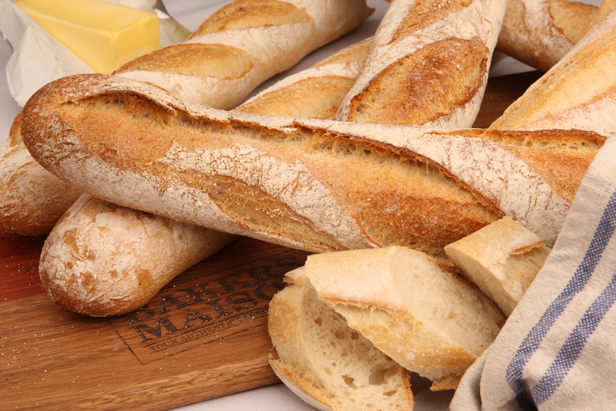
The convenience industry still holds 6.8% of bread sales in Australia, despite years of decline, as shown by the latest report from Roy Morgan Research.
Across the total $4.7 billion bread market, the convenience sector has dropped 0.2% from 7% since October 2014, since the infamous supermarket Bread Wars.
C&I Week has previously reported that the convenience sector’s share of the market had dropped for more than a decade, falling from 9.3% in 2014. More specifically, the petrol sector’s share of bread sales dropped from 1.3% to 0.6% over that same period.
These numbers reveal a steady decline in bread sales in the convenience sector. During a 15 year period sales have dropped an average of 0.29% per year.
In an average week in 2016, 13.9 million Australians purchased at least one bread product, with supermarkets dominating the market share with a total of 67.7%. The research revealed individual shoppers each spent an average of $8.20 on bread per week.
The 2015 Australasian Association of Convenience Stores (AACS) State of the Industry Report noted that the performance of bread within the convenience sector was worth $46 million in total value, at 4.2% growth on 2014.
Bread held a category profit margin of 32.1%, an increase of 7.8% from the previous year, representing 0.5% of the total convenience margin.
AACS CEO Jeff Rogut said that the heavy discounting of bread had a large impact on the decline of bread sales across the sector. Supermarkets slashing prices in 2014 meant convenience retailers never recovered from the competition despite offering promotions in an attempt to bolster sales.
He also said that a number of suppliers don’t support smaller convenience businesses due to insufficient demand, meaning smaller stores aren’t always able to provide the same level of quality and freshness to their customers.
“Sales are now stable, but not at their previous levels,” he said.
“Stores are looking at innovative solutions for fresh bakery products away from the major bread suppliers.”
Roy Morgan Research industry communications director Norman Morris said that despite recent news about the elevated salt content of some bread products, the number of Australian grocery buyers purchasing bread in an average week had grown by almost half a million, from just under 10.5 million to nearly 11 million in the past 12 months.
“But while a greater proportion of total bread dollars are being spent at supermarkets, specialised bread shops and bakeries (as well as milk bars, corner shops and the like) are seeing their share of the market slowly decline,” he said.
“So how can these smaller operators ensure they don’t lose any further ground, and potentially gain more customers?
“An understanding of the shopping and health attitudes of their bread customers is a good start, enabling them to position their brand in such a way that it aligns with these sensibilities.”
AACS is set to release the 2016 State of the Industry Report in early May.

